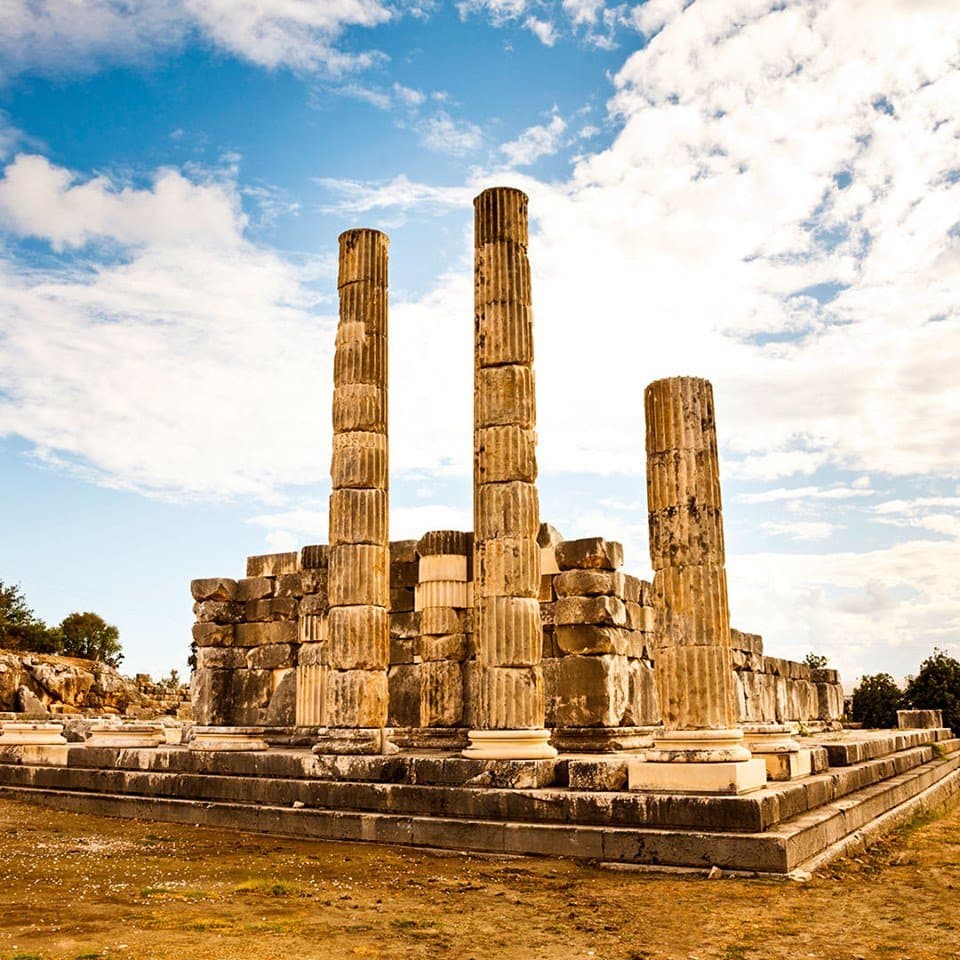
Letoon Sanctuary
Ancient Lycian religious sanctuary, home to temples of Leto, Apollo, and Artemis. A UNESCO World Heritage site near Fethiye.
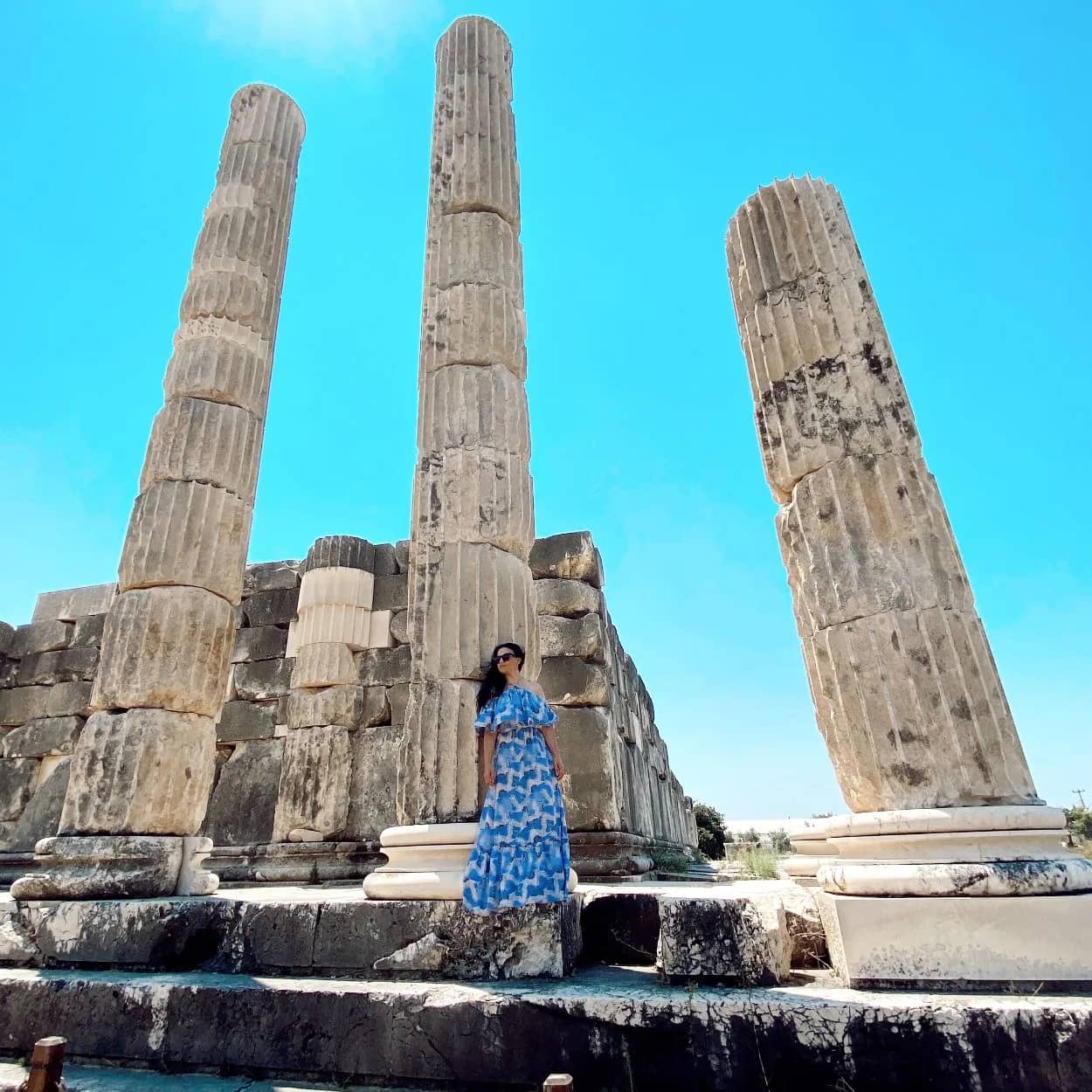
Highlights
Must-see attractions
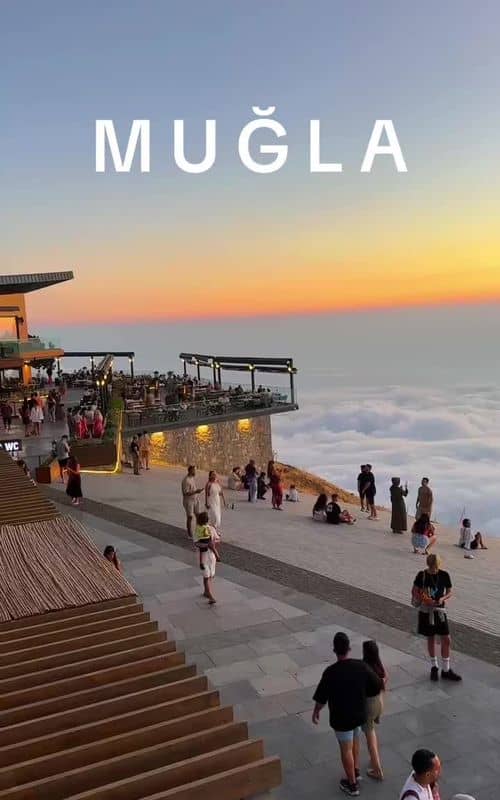
Social
From TikTok & Reddit
Best Time
Avoid midday heat

Letoon Sanctuary
Best Time
Avoid midday heat

Highlights
Must-see attractions
Ancient Lycian religious sanctuary, home to temples of Leto, Apollo, and Artemis. A UNESCO World Heritage site near Fethiye.
"Escape the crowds and step into history at this significant Lycian religious center."
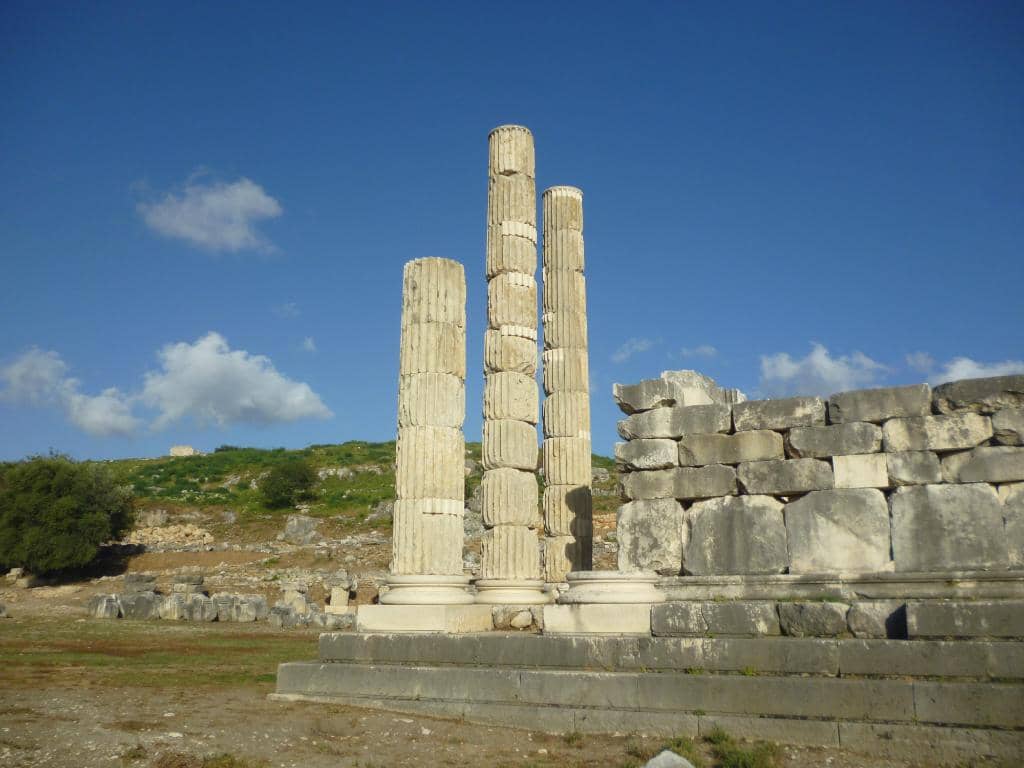
Wear Comfortable Shoes
Sturdy footwear is essential for exploring the uneven ancient ruins. :athletic_shoe:
Stay Hydrated & Sun Protected
Bring water and wear sunscreen; shade is scarce. :droplet: :sunwithface:
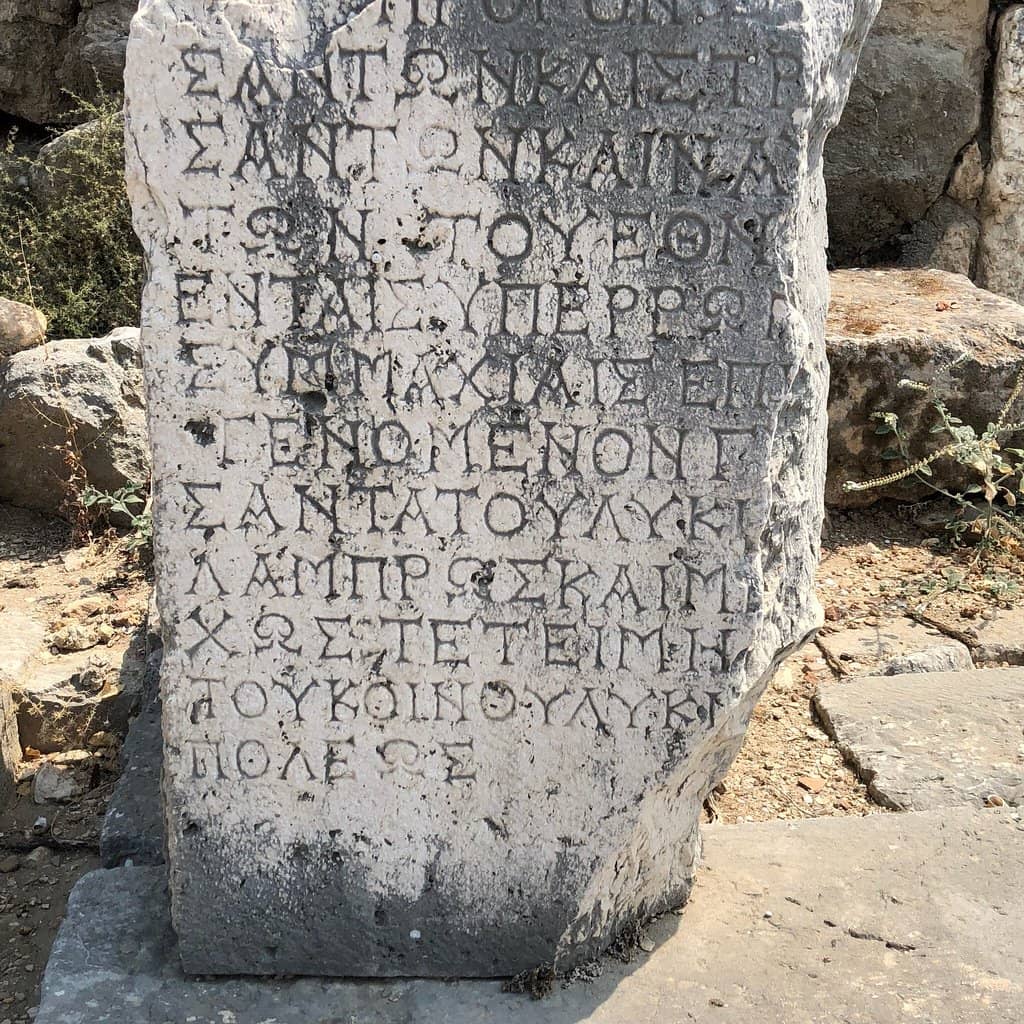
Highlights
Discover the most iconic attractions and experiences
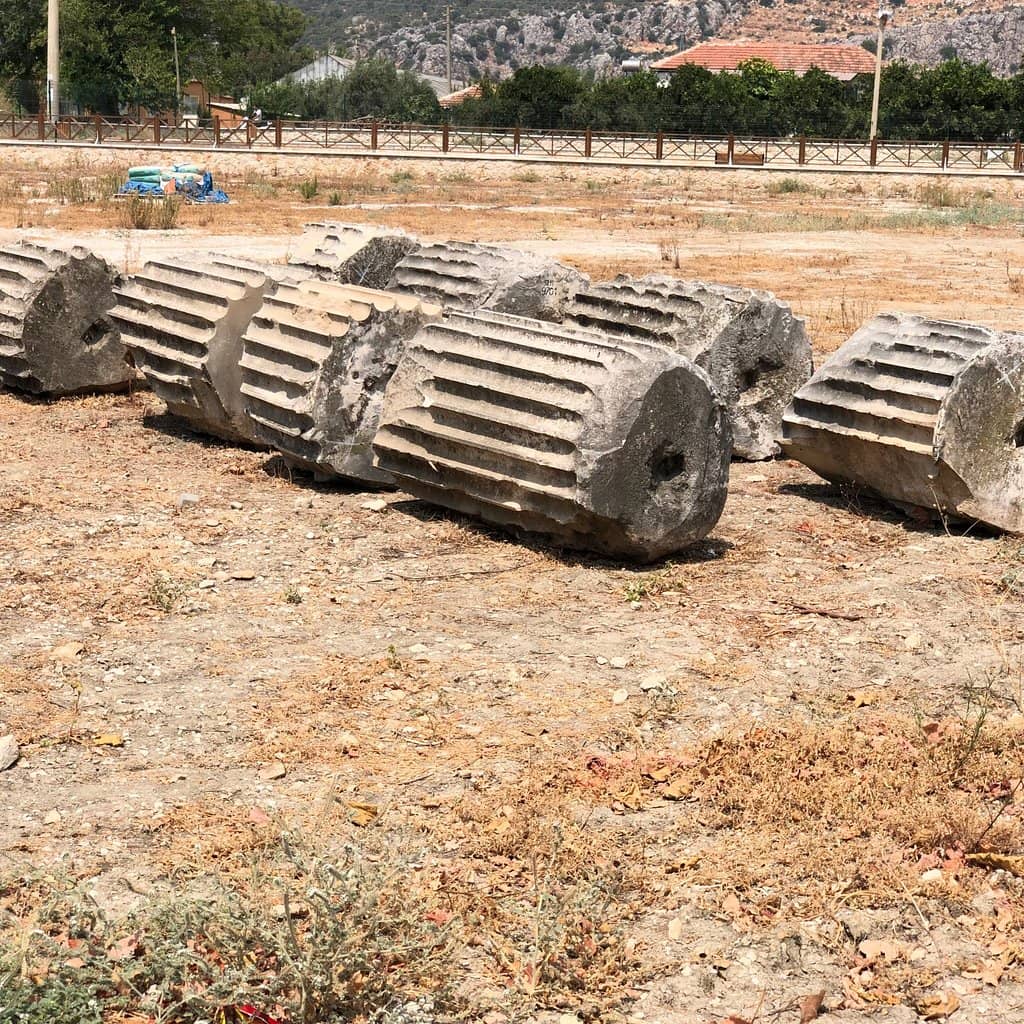
The Three Temples
Central Sanctuary
Discover the foundations of temples dedicated to Leto, Apollo, and Artemis, the heart of this ancient religious site.
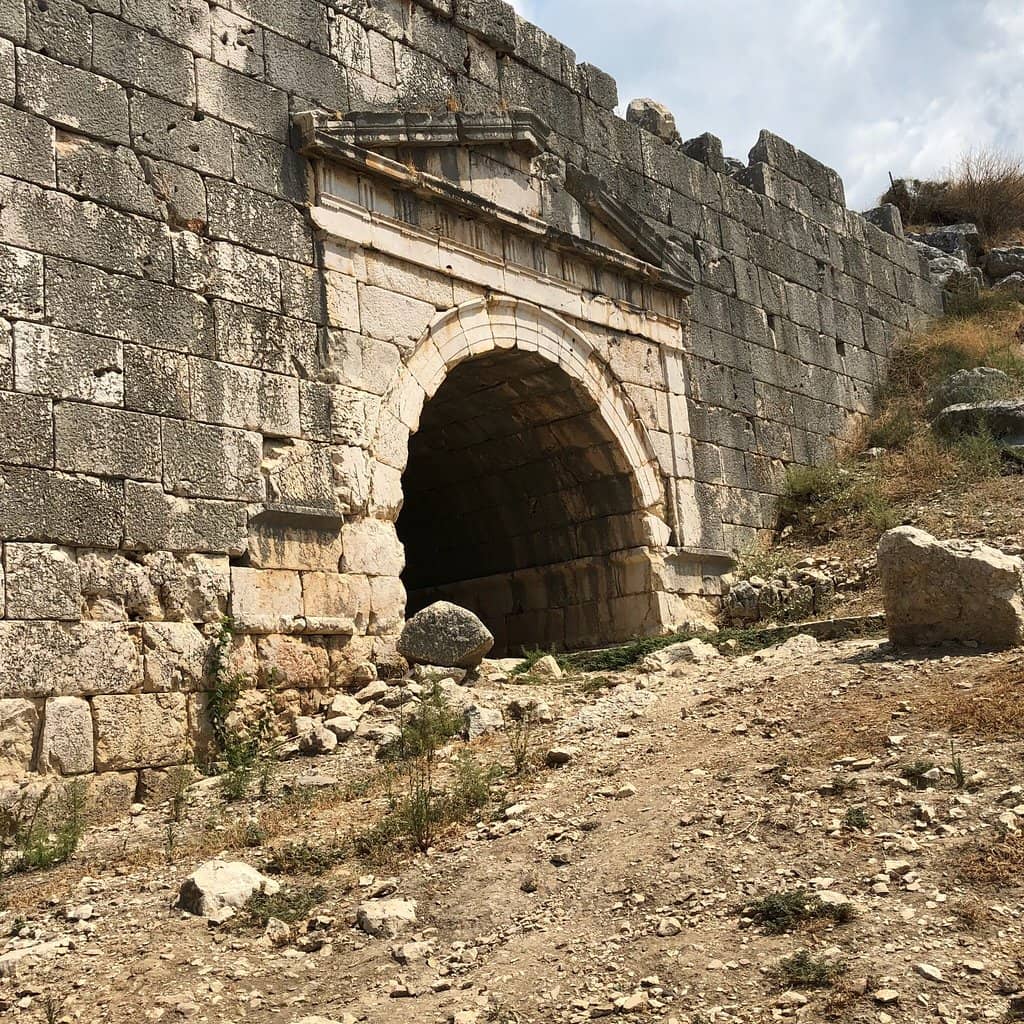
Amphitheater Arches
Entrance Area
Marvel at the impressive arches of the amphitheater, a testament to Lycian architectural prowess.
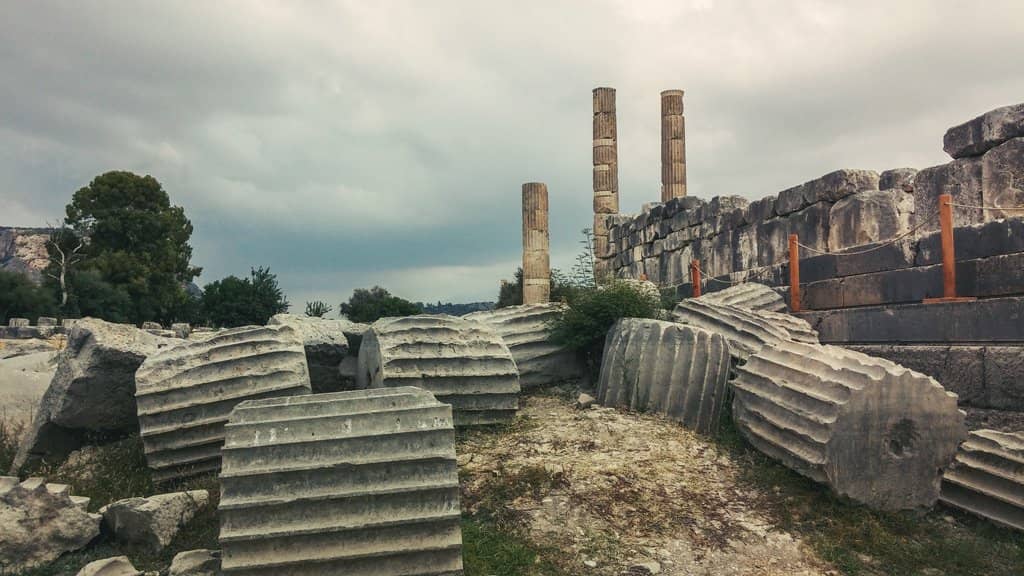
Hidden Mosaics
Near Apollo Temple
Seek out the delicate mosaics, especially those near the Apollo Temple, offering a glimpse into ancient artistry.
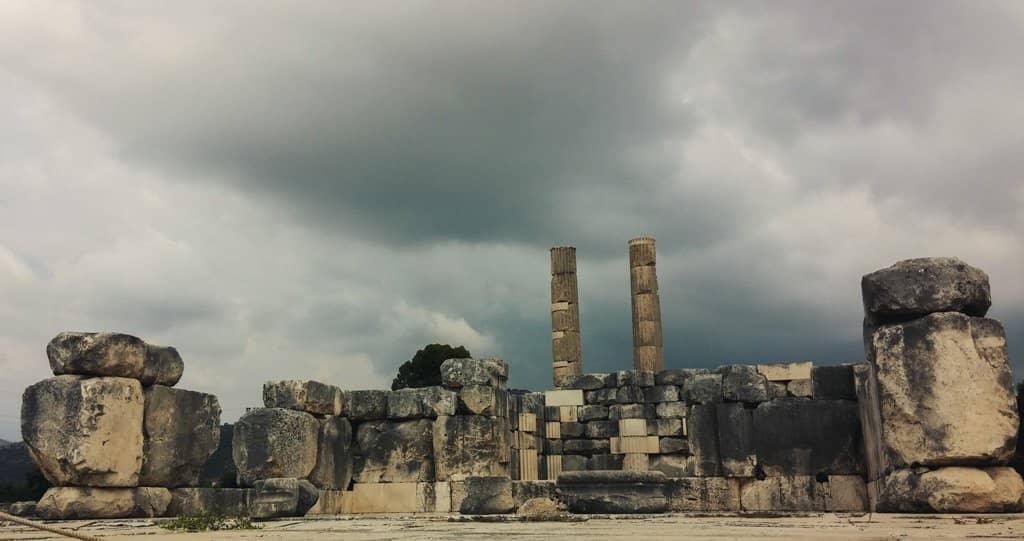
Tranquil Pond with Turtles
Central Sanctuary
Enjoy the peaceful atmosphere around the pond, often home to turtles, adding a touch of nature to the ruins.
Plans like a pro.
Thinks like you
Planning Your Visit
Beat the Heat and Crowds
Essential Gear for Exploration
Best Times
Insider Tips
from TikTok, Instagram & Reddit
Wear Comfortable Shoes
Sturdy footwear is essential for exploring the uneven ancient ruins. :athletic_shoe:
Stay Hydrated & Sun Protected
Bring water and wear sunscreen; shade is scarce. :droplet: :sunwithface:
Allow Ample Time
Dedicate at least one hour to fully appreciate the site's historical depth. :clock1:
Look for Mosaics
Climb atop the Apollo Temple area for a better view of the intricate mosaics. :mag:
Tips
from all over the internet
Wear Comfortable Shoes
Sturdy footwear is essential for exploring the uneven ancient ruins. :athletic_shoe:
Stay Hydrated & Sun Protected
Bring water and wear sunscreen; shade is scarce. :droplet: :sunwithface:
Allow Ample Time
Dedicate at least one hour to fully appreciate the site's historical depth. :clock1:
Look for Mosaics
Climb atop the Apollo Temple area for a better view of the intricate mosaics. :mag:
Escape the Crowds
A quieter alternative to more popular Lycian sites, offering a peaceful historical immersion. :peace_symbol:
What Travellers Say
Reviews Summary
Letoon Sanctuary is praised for its historical significance as a key Lycian religious center and its UNESCO World Heritage status. Visitors appreciate the reasonable entry fee and the peaceful, uncrowded atmosphere, making it a worthwhile detour for history enthusiasts. However, some find the excavation incomplete and note that the real mosaics might not be on display.
"Letoon Ancient City
Letoon Ancient City is the religious center of the Lycian civilization located on the Fethiye-Kaş highway near Kumluova Village in Seydikemer district of Muğla, Turkey. With settlement traces dating back to the 7th century BC, there are three temples dedicated to the goddess Leto, who became pregnant by Zeus, and her twin children Apollo and Artemis. According to legend, Leto took refuge in Lycia to escape from Hera's wrath and turned the villagers into frogs while trying to wash her children in a water source; the city was named after Leto for this reason. Letoon, a religious and political center, began to Hellenize in the 4th century BC, became a cultural center during the Roman period, and was abandoned in the 7th century AD. It was included in the UNESCO World Heritage List together with Xanthos in 1988."
Mazhar Abbas
"Excellent site for a very good price of 3EUR or 115TL
Doesn't get many visitors but has some spectacular remains, escape the crowds at more popular sites and step into history at Letoon instead :)
I thoroughly enjoyed and recommend to all.
Plenty of detailed description boards which really enhanced the visit.
Allow at least one hour.
Wear good shoes, put on suncream and bring water."
mo. goes
"Quite a small site with a lot packed in the first and main site is the amphitheatre, which leads onto the 3 main, temples at the back of the site. Well worth a detour if in the area.
3 Euro entry"
Dave T
What People Like
What People Dislike
Frequently Asked Questions
🚇 🗺️ Getting There
Letoon Sanctuary is located on the Fethiye-Kaş highway, near Kumluova Village in the Seydikemer district. You can reach it by car or by taking a local bus or dolmuş (shared taxi) heading towards Kaş and asking to be dropped off at the Letoon turn-off. The journey from Fethiye typically takes around 45-60 minutes.
Yes, it is accessible by public transport. Dolmuş services running between Fethiye and Kaş will stop near the entrance to Letoon. It's advisable to confirm the exact stop with the driver.
From Ölüdeniz, you can take a dolmuş to Fethiye and then catch another dolmuş towards Kaş, or arrange for a taxi. Renting a car also offers flexibility for exploring Letoon and other nearby sites like Xanthos.
Yes, there are typically parking facilities available near the entrance of the Letoon Sanctuary, making it convenient for visitors arriving by car.
Absolutely! Letoon is often visited in conjunction with the ancient city of Xanthos, as they are both UNESCO World Heritage Sites and are located very close to each other.
🎫 🎫 Tickets & Entry
The entrance fee for Letoon Sanctuary is very reasonable, often around 3 Euros or 115 Turkish Lira. This price offers excellent value for exploring such a significant historical site.
Information on discounts or free entry days can vary. It's always a good idea to check with local authorities or the site's official information points upon arrival, though the standard entry fee is quite affordable.
Opening hours can vary seasonally. Generally, archaeological sites in Turkey are open during daylight hours. It's recommended to check the most current hours before your visit, especially if planning an early morning or late afternoon trip.
No, advance booking is typically not required for Letoon Sanctuary. Tickets can usually be purchased at the entrance upon arrival.
Letoon Sanctuary is generally not as crowded as some of the more famous archaeological sites in Turkey. This makes it a great option for those seeking a more peaceful and immersive historical experience.
🎫 🏛️ Onsite Experience
Most visitors find that one hour is sufficient to explore the main areas of Letoon Sanctuary, including the temples and amphitheater. However, if you enjoy lingering and soaking in the atmosphere, you might want to allow a bit more time.
The primary attractions include the remains of three temples dedicated to Leto, Apollo, and Artemis, the amphitheater with its distinctive arches, and a tranquil pond often inhabited by turtles.
While official guided tours might not always be readily available, the site often has descriptive boards providing historical context. You can also hire local guides in nearby towns or rely on information from travel blogs and apps.
Letoon was the religious center of the Lycian civilization and is a UNESCO World Heritage Site. It was dedicated to the goddess Leto and her children, Apollo and Artemis, and also served as a political meeting point for the Lycian Union.
Yes, photography is generally permitted within Letoon Sanctuary. It's a great spot for capturing historical ruins and serene natural elements.
🍽️ 🍽️ Food & Dining
There are typically no dining facilities directly within Letoon Sanctuary itself. It's advisable to bring your own water and snacks, or plan to eat before or after your visit in nearby villages or towns like Kumluova or Fethiye.
The closest options for food will be in the nearby village of Kumluova or a short drive away in Fethiye or Kaş. These areas offer a range of local Turkish cuisine, from simple gözleme to more elaborate restaurant meals.
The Fethiye region, part of the Turkish Riviera, offers delicious Mediterranean and Aegean cuisine. Expect fresh seafood, olive oil-based dishes, mezes (appetizers), and local specialties like gözleme (stuffed flatbread).
📸 📸 Photography
The best photography spots include the arches of the amphitheater, the temple ruins with the surrounding greenery, and the tranquil pond. The early morning or late afternoon light can create beautiful atmospheric shots.
Drone usage regulations can be strict in historical and protected areas. It's best to check with local authorities or the site management before flying a drone to ensure compliance with any restrictions.
A standard camera or smartphone is sufficient. A wide-angle lens can be useful for capturing the scale of the ruins and the surrounding landscape. Consider a polarizing filter to enhance the colors of the sky and water.
The combination of ancient ruins, natural elements like the pond and trees, and the occasional wildlife (like turtles) offers unique photographic opportunities. The historical context itself provides a compelling backdrop.
The golden hours, shortly after sunrise and before sunset, offer the most flattering light for photography, creating dramatic shadows and warm tones. Midday can be harsh due to direct sunlight.
For Different Travelers
Tailored advice for your travel style
👨👩👧 Families with Kids
Encourage them to imagine the ancient rituals that took place here and to look for details in the ruins. The amphitheater arches can spark their imagination about performances and gatherings. Remember to pack plenty of water and snacks, as facilities are limited. Visiting during cooler parts of the day will make the experience more comfortable for younger visitors.
🏛️ History Buffs & Archaeology Enthusiasts
Pay close attention to the descriptive boards that enhance understanding of the site's layout and history. The well-preserved amphitheater arches and the subtle mosaics are highlights that speak to the architectural and artistic sophistication of the era. Consider visiting in the early morning or late afternoon to avoid the heat and enjoy a more contemplative experience.
🚶♀️ Solo Travelers & Peace Seekers
Take your time to wander through the ruins, imagine life in ancient Lycia, and appreciate the quiet beauty of the site. The affordability of the entrance fee and the ease of access make it a convenient stop for independent explorers. It's a perfect place to disconnect and immerse yourself in history.
Deep Dives
In-depth insights and expert knowledge
The Sacred History of Letoon
Legend has it that Leto sought refuge here from Hera's wrath and, after trying to wash her children in a local water source, transformed the villagers into frogs. This myth is central to the sanctuary's identity and its name. The archaeological remains, though not as extensive as some other sites, offer a profound connection to Lycian beliefs and practices.
Visitors can explore the foundations of three distinct temples, each dedicated to a member of this divine family. The site also features an amphitheater and a peaceful pond, adding layers of natural beauty and historical intrigue to the experience.
Exploring Letoon: What to Expect
As you move deeper into the sanctuary, the main focus becomes the remains of the three temples dedicated to Leto, Apollo, and Artemis. These structures, though in ruins, provide a clear layout of the sacred precinct. Look closely for the delicate mosaics, particularly near the Apollo Temple, which offer a glimpse into the artistic achievements of the time.
Beyond the temples, a tranquil pond adds a serene element to the site, often frequented by turtles. This natural feature, combined with the surrounding greenery, creates a peaceful atmosphere that contrasts with the historical weight of the ruins. Remember to wear comfortable shoes, bring water, and apply sunscreen, as shade can be limited.
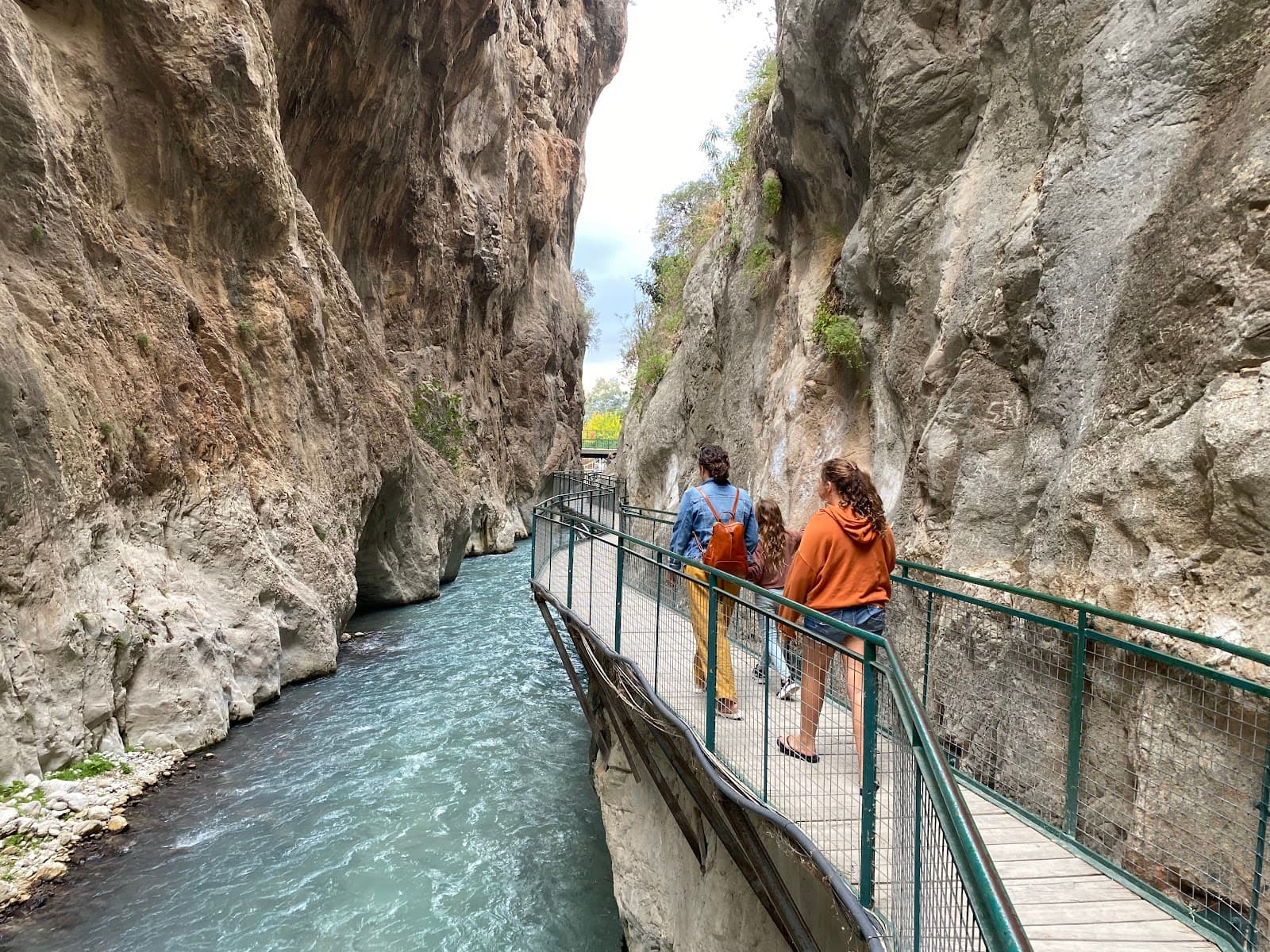
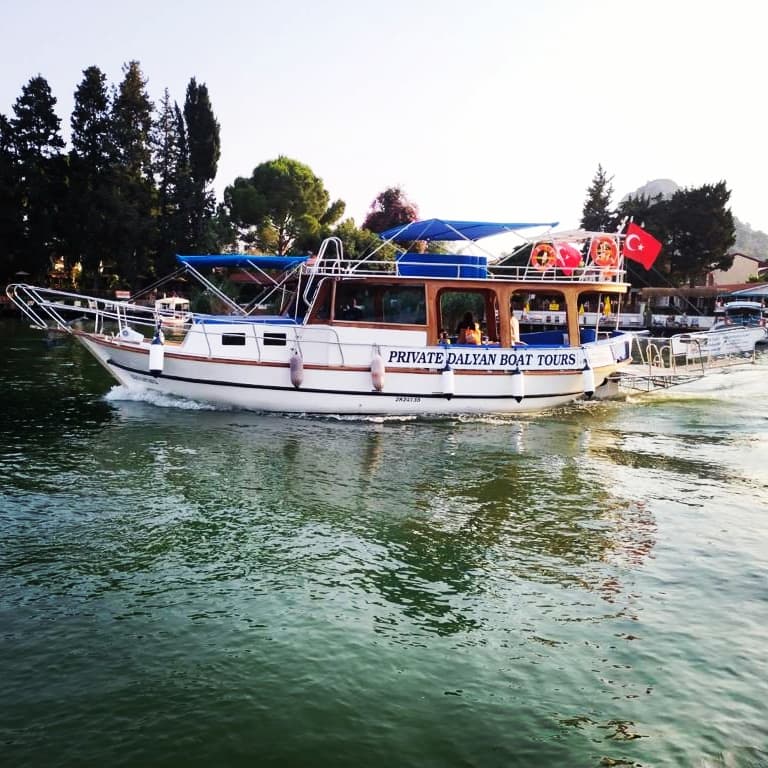


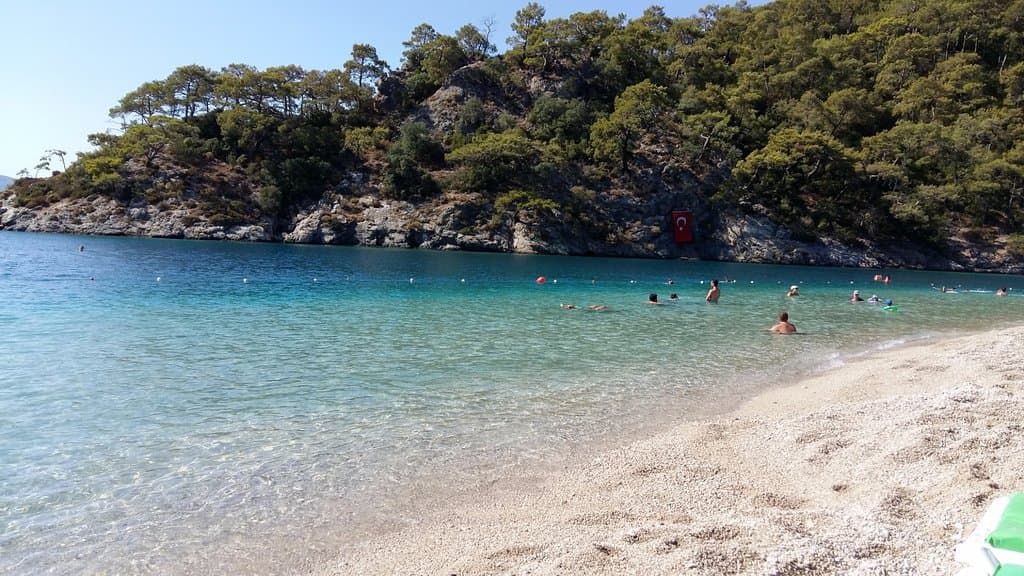
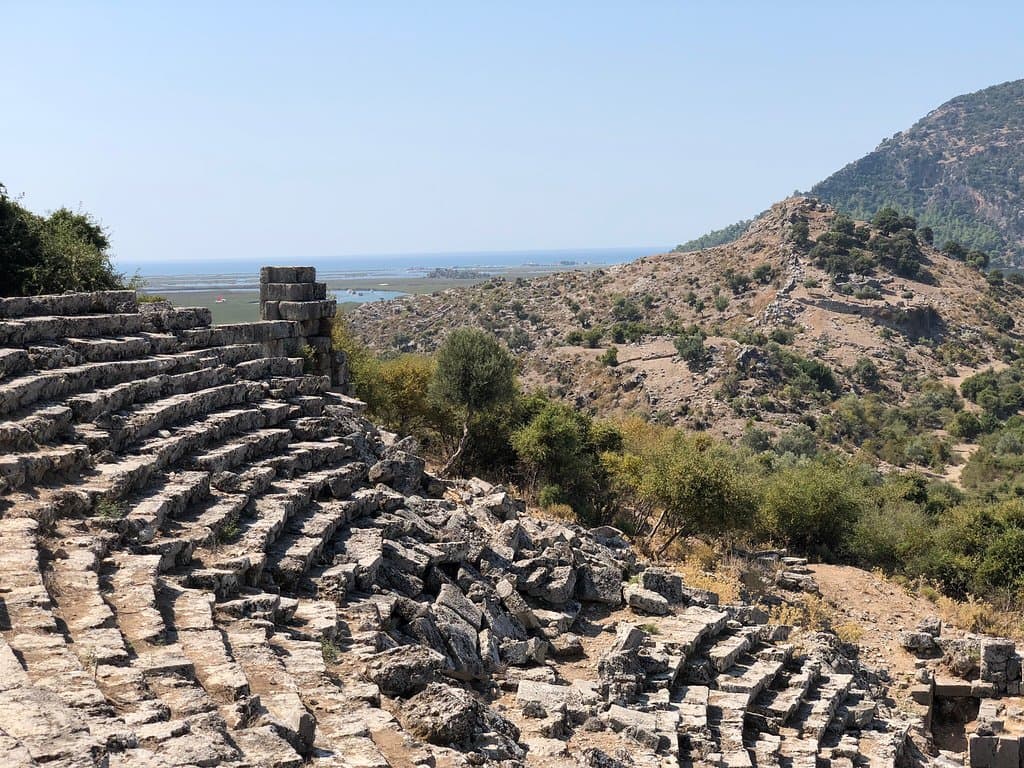
Social
from TikTok, Instagram & Reddit